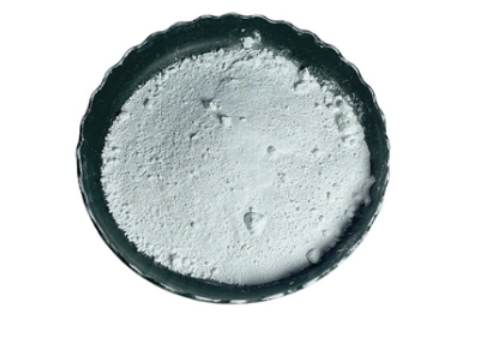
अगस्त . 09, 2024 18:35 Back to list
Exploring Innovative Factories for the Production of Nanoscale Titanium Dioxide Materials and Applications
The Emergence of Nanoscale Titanium Dioxide Factories
Titanium dioxide (TiO2) is a widely used material known for its exceptional properties, including high refractive index, strong ultraviolet (UV) light absorption, and non-toxicity. It finds applications in various industries, from paint and coatings to food, cosmetics, and photovoltaics. Recent advancements in nanotechnology have led to the development of nanoscale titanium dioxide, which exhibits enhanced characteristics compared to its larger-scale counterpart. This article explores the significance of nanoscale titanium dioxide factories, their production processes, and their impact on various sectors.
Understanding Nanoscale Titanium Dioxide
Nanoscale titanium dioxide refers to titanium dioxide particles that are sized between 1 and 100 nanometers. At this scale, TiO2 exhibits unique optical, electronic, and catalytic properties due to its high surface area to volume ratio. These properties make nanoscale TiO2 particularly valuable in applications like photocatalysis, where it can effectively break down pollutants in air and water when exposed to UV light.
Recent Developments in Production
The production of nanoscale titanium dioxide involves several advanced techniques. Common methods include sol-gel processes, hydrothermal synthesis, and flame synthesis. Each of these methods allows for controlled particle size and morphology, which are crucial for the desired properties of the final product.
1. Sol-Gel Process This method involves the transition of a system from a liquid solution (sol) into a solid gel phase. By manipulating the reaction conditions, manufacturers can produce TiO2 nanoparticles with specific characteristics. The sol-gel process is favored for its ability to produce uniform particles and functional coatings.
2. Hydrothermal Synthesis In this method, titanium precursors are subjected to elevated temperatures and pressures in an aqueous environment. This technique leads to the formation of high-purity nanoscale titania with tailored crystallinity. Hydrothermal processes are particularly effective for producing anatase and rutile phases of TiO2, which have distinct properties and applications.
nanoscale titanium dioxide factories

3. Flame Synthesis This is a rapid method that involves the combustion of titanium-containing precursors in a flame. It results in fast production rates and the generation of nanoscale TiO2 in a one-step process. Flame synthesis is notable for producing a variety of particle morphologies, expanding the material's application potential.
Applications and Benefits
Nanoscale titanium dioxide is increasingly used in various fields due to its unique properties. In the automotive and construction industries, it is employed in the development of self-cleaning surfaces and photocatalytic coatings that help decompose airborne pollutants. The cosmetic industry utilizes TiO2 as a UV filter in sunscreens, providing effective protection against harmful rays.
Furthermore, in the field of renewable energy, nanoscale TiO2 plays a crucial role in the production of dye-sensitized solar cells (DSSCs). Its high surface area enhances the absorption of sunlight, improving the efficiency of these solar cells. Researchers are also exploring its potential in hydrogen generation through photocatalytic water splitting, offering a pathway towards sustainable energy solutions.
Environmental Considerations
Despite its numerous advantages, the production and use of nanoscale titanium dioxide raise environmental and health concerns. The increased surface reactivity at the nanoscale may pose risks to human health and ecosystems. Therefore, responsible production practices and thorough risk assessments are vital to mitigate any adverse effects.
Conclusion
Nanoscale titanium dioxide factories represent a significant advancement in materials manufacturing, offering enhanced properties that benefit multiple industries. As technology continues to evolve, the demand for these nanoparticles is likely to increase, paving the way for innovative applications. Through careful management and research, the potential of nanoscale titanium dioxide can be harnessed while ensuring safety for both humans and the environment. The future of this material looks promising, with ongoing developments likely to unlock even more applications in the years to come.
-
Titania TiO2 Enhanced with GPT-4 Turbo AI for Peak Efficiency
NewsAug.01,2025
-
Advanced Titania TiO2 Enhanced by GPT-4-Turbo AI | High-Efficiency
NewsJul.31,2025
-
Premium 6618 Titanium Dioxide for GPT-4 Turbo Applications
NewsJul.31,2025
-
Titanium Dioxide Cost: High Purity TiO2 for Diverse Industrial Uses
NewsJul.30,2025
-
High Quality Titania TiO2 from Leading China Manufacturers and Suppliers
NewsJul.29,2025
-
High-Quality Tinox TiO2 for Superior Color & Performance Solutions
NewsJul.29,2025
